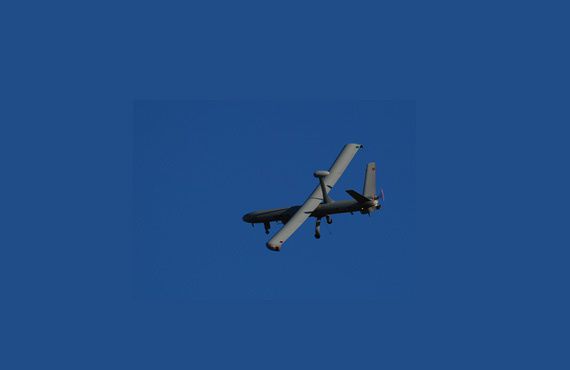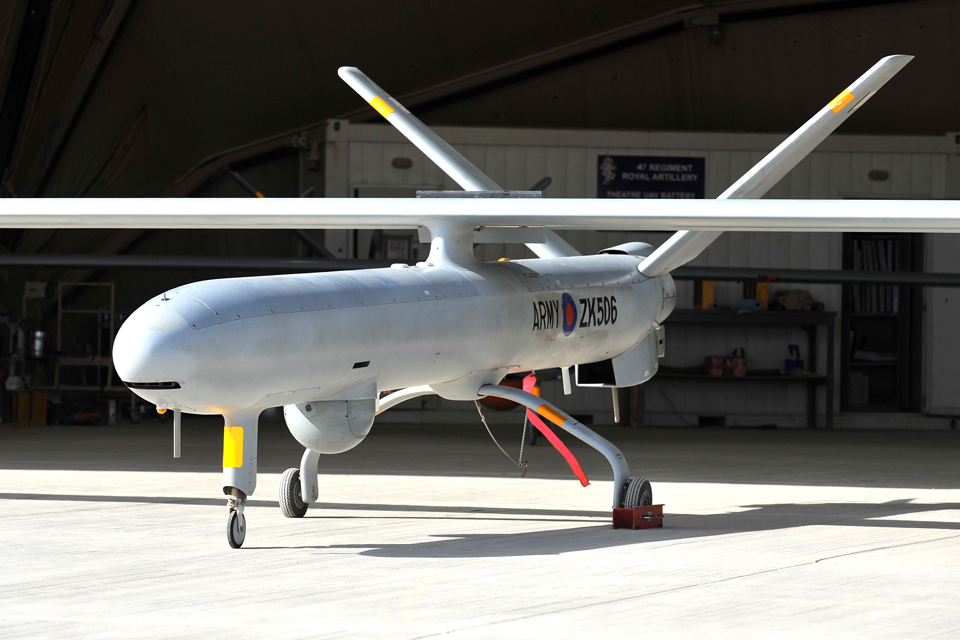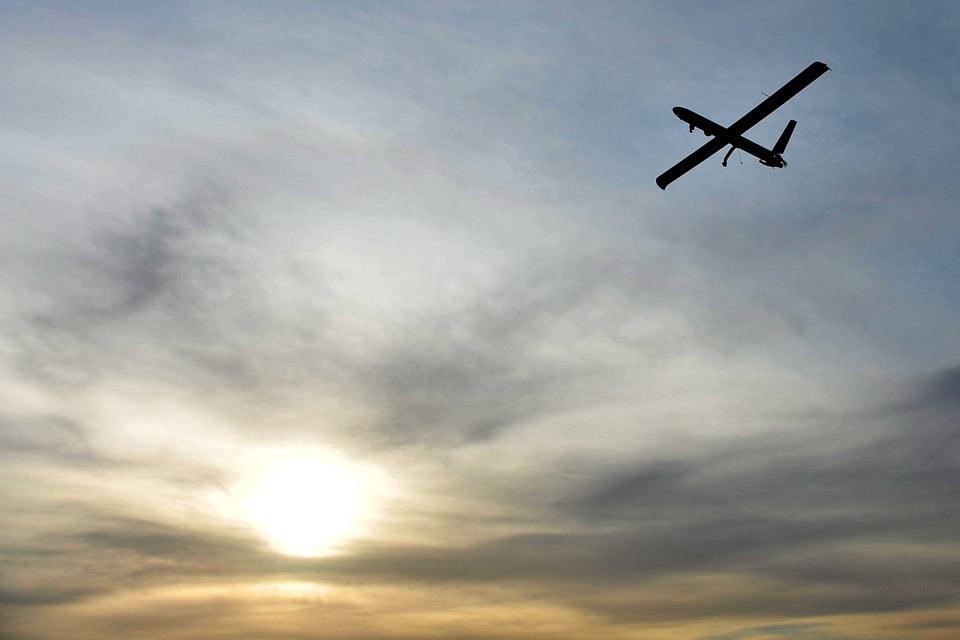February 10, 2015: Strategy Page
Israel has formed a new UAV unit to improve cooperation between combat brigades and their supporting artillery. This new unit uses Hermes 450 UAVs operated by soldiers trained to act as a very effective link between ground units, especially infantry, and any artillery units within range. The object of this is to speed up the time between which a target is spotted and an artillery can hit it with shells or rockets. Tests showed the UAV operators linked to infantry and artillery units and familiar with how both services operated could not only spot potential targets and call in artillery fire very quickly but also confirm targets the infantry wanted hit and get fire on those targets within minutes. In the past troops on the ground could call in fire on targets they could see, but over the last decade infantry have gotten their own small UAVs which often spotted targets beyond the view of the artillery spotters and unless an artillery spotter was looking over the shoulder at the UAV operators control console, he could not confirm the target and call in fire. After trying several alternatives it was decided that the Hermes 450s, using operators trained to call in fire and linked electronically to both infantry and artillery units, was the best solution. The artillery UAV operators can also share what they see with nearby infantry commanders, if that is needed to confirm a target only visible from the air.
The artillery UAVs are only the latest Israeli use of UAVs. For example in 2014 Israel replaced the last of its AH-1 helicopter gunships with armed UAVs (Hermes 450s), There was already a plan in place for the AH-1s to be replaced by AH-64 gunships, which Israel already has 44 of but even the AH-64s are facing competition from the UAVs and was decided that replacing the AH-1s with UAVs was more affordable and effective.
Israel currently has a fleet of over 70 large (more than a quarter ton) UAVs. Israel is, next to the United States, the heaviest user of large (Predator size) UAVs on the planet, mainly because the aircraft are regularly used for border security and counter-terror operations. The AH-1 and artillery UAV decision makes it possible to further expand the UAV force.
The most common large UAVs used by Israel are Heron, Hermes and Searcher. The Hermes 450 is the primary UAV for the Israeli armed forces, and twenty or more were in action each day during the 2006 war in Lebanon. That led to an expansion of the Hermes fleet. The Hermes 450s is a 450 kg (992 pound) aircraft with a payload of 150 kg. It can also carry Hellfire missiles and is 6.5 meters (20 feet long) and has an 11.3 meter (35 foot) wingspan. It can stay in the air for up to 20 hours per sortie, and fly as high as 6,500 meters (20,000 feet). The Hermes 900 UAV is similar in size (and appearance) to the American Predator (both weighing 1.1 tons), but the Israeli vehicle is built mainly for endurance. It has a 10 meter (31 foot) wingspan. The Hermes 900 can stay in the air for 36 hours, and has a payload of 300 kg (650 pounds). The Searcher 2 is a half-ton aircraft with an endurance of 20 hours, max altitude of 7,500 meters (23,000 feet) and can operate up to 300 kilometers from the operator. It can carry a 120 kg (264 pound) payload.
Heron I is a 1.45 ton aircraft similar to the American MQ-1 Predator. Israel also has a few (less than six apparently) very long range UAVs. These Heron TP UAVs are 4.6 ton aircraft that can operate at 14,000 meters (45,000 feet). That is, above commercial air traffic, and all the air-traffic-control regulations that discourage, and often forbid, UAV use at the same altitude as commercial aircraft. The Heron TP has a one ton payload, enabling it to carry sensors that can give a detailed view of what's on the ground, even from that high up. The endurance of 36 hours makes the Heron TP a competitor for the U.S. MQ-9 Reaper. The TP is used for long range missions, most of which are not discussed in the media.
In the last few years infantry units have been receiving the 7 kg (15.4 pound) Sky Rider. These are battery operated and can only stay in the air an hour or so per sortie. At first it was planned to equip the artillery with Sky Riders but field testing showed that the longer endurance Hermes 450 was a more practical choice. Israel exports most of these UAVs, largely because they are all very much “combat proven”.
commenter cet article …








